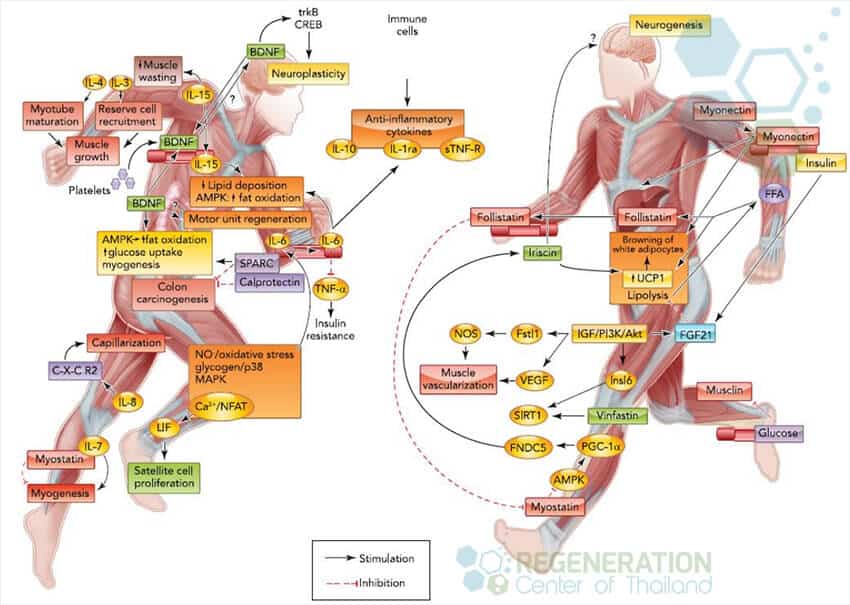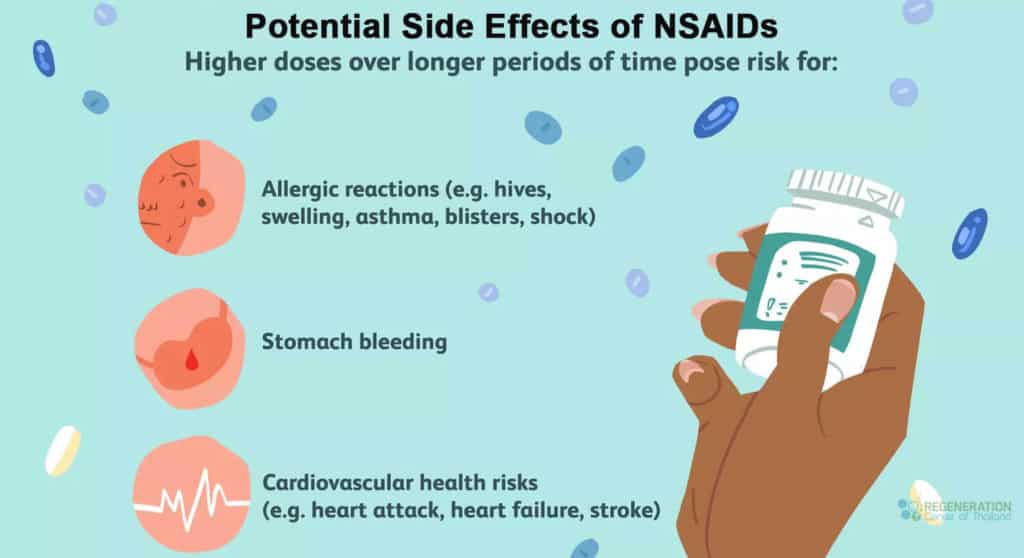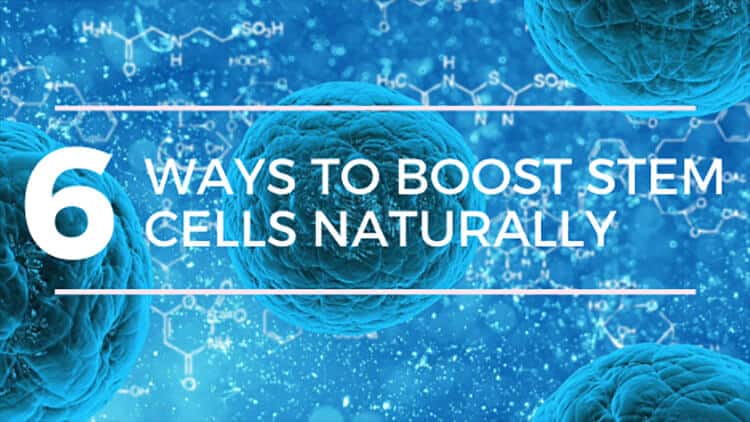Stem cells are the fundamental building blocks of the human body. Cells can differentiate and reproduce any tissue such as heart tissue, muscle, cartilage, bone, or liver. Newborn children have a lot of circulating stem cells that are needed for development and can quickly help them recover from infectious diseases and injuries. As we age, the quantities of circulating stem cells in the body begin to reduce each year, making healing and recovery much more difficult over time. Over the past 50 years, Cord Tissue derived mesenchymal stem cells and peripheral blood stem cells became increasingly popular in treating a variety of diseases that were not responding to traditional treatments that use pharmaceutical medications. Currently, stem cells are being used to successfully treat several conditions, including liver cirrhosis, diabetes, chronic kidney disease, scarring of the myocardium tissue after a heart attack, MND, ALS and COPD. Lab purified MSCs+ stem cells and growth factors (unique adhesion molecules) to help promote paracrine signaling needed to guide cells to damaged organs in the body, accumulate on them, and begin the regenerative process to restore proper function. What if you practice preventative care and wanted to learn how to increase stem cells in the body naturally?
Increase stemcell release naturally in 2024
What if you were already healthy and wanted to use stem cells as preventative medicine but did not want to get stem cell transplants? Although less effective, you can use endogenous stem cells to boost your health and circulating stem cell count. Here are six ways to increase your natural cell count.
1) Good clean diet full of stem cell nutrients
Food is medicine, and our diets play a significant factor in our body’s natural regeneration cycles. Incorporating stem cell-friendly foods into your diet is a tremendous first stem to boosting promoting natural cell growth. Intermittent fasting is a stem cell activator and has been found to trigger rapid cellular regeneration. Berries such as blackberries, goji berries, pomegranate, blueberries, and raspberries all help improve superoxide dismutase (SOD), which is a powerful antioxidant. This enzyme is full of inflammation-reducing flavonoids and is excellent for reducing oxidative related stress, which is a vital factor in support of optimal liver health and helps prevent joint pain. Learn more about the arthritis diet.
Ginger root is often used in Thai cooking to help settle upset stomachs. Ginger is also known to fight systemic inflammation by inhibiting the effects of a polyunsaturated fatty acid called arachidonic acid that can trigger an inflammatory response. Learn about the most common element in human body.
Cruciferous vegetables such as cauliflower, Broccoli, kale, cabbage, bok choy, garden cress & Brussels sprouts aren some of the best foods for stem cell growth. These veggies are full of the sulforaphane compound which boots enzymes in the liver, that counteract harmful toxins we might digest or breathe in. These green leafy vegetables are also packed with Indole-3-carbinol molecules that help reduce inflammatory agents in the bloodstream.
Mushrooms like maitake and shiitake and also high in micronutrients known as polyphenols. These nutrients are stemcell enhancers and can be found in plant-based diets, They help protect and detoxify liver cells from dangerous toxins that can break down hormones in the body.
Seed and Nuts are excellent snacks full of protein and beneficial healthy fats for women that can keep you feeling full longer and helps to fight any cravings. Seeds contain anti-inflammatory plant sterols, while nuts are filled with alpha-linolenic acid, a type of inflammatory fighting omega-3 fat.
Seafood and Fatty fish are another powerful and natural adult stem cell activators as they contain several omega-3 fatty acids, including Eicosapentaenoic acid (EPA). EPA is most often found in cold-water fatty fish, and numerous research studies have proven that fish oil is a powerful antioxidant that helps lower the risk of developing heart disease.
2) Stop Smoking & Reduce Alcohol Intake

Alcohol and smoking cigarettes can have severe negative impacts on proper stem cell function. Research done over several decades has proven that people who smoke do not heal well as non-smokers. Frequent consumption of alcohol leads to liver disease and brain oxidative stress due to chronic neuroinflammation if you or a loved one are looking for an easy way to maximize your physical potential, drink moderately, and stop smoking!
3) Have an Active Lifestyle & Exercise often

An active lifestyle with lots of exercises increases the number of circulating stem cells in the body. Frequently playing sports or going to the gym has dozens of positive effects on the cardiovascular and respiratory system. Strenuous physical activities lead to a rapid boost in the total number of circulating endothelial progenitor cells(EPC). EPC circulates in the bloodstream and attaches themselves to endothelium tissue sites affected by ischemia or hypoxia. They also help in the formation of new blood vessels and capillaries, thus improving the blood supply to the heart. This loop helps to trigger regenerative processes in the endomyocardial heart muscle.
4) Get Good Sleep – Healthy Sleep Tips
Research at the stem cell institute has shown that lack of sleep or insomnia is very detrimental to stem cell function in the body. A reduction of night sleep to 4 hours ( instead of 8) decreases the ability of stem cells to migrate by nearly 50% while proper 7-8 hour sleep cycles do the opposite and renew the quantitative and qualitative indices of circulating stem cells.
5) Avoid Toxic Products and Environmental Chemicals

An unfortunate fact of modern life is that each day we get exposed to potentially thousands of harmful chemicals through the air, food, or personal products that we use. Although the quantities of these dangerous chemicals are pretty low, the cumulative and daily exposure build up over time. They can harm the body’s ability to maintain proper health and autoimmune responses that can lead to SLE lupus and FMS. Many of these prevalent chemicals help to disrupt the critical pathways in cellular chemistry as they relate to the regulation of the immune system, hormone production, cancer formations, and nervous system function. It isn’t always easy to control all of these external factors, but we can, however, make informed decisions about which products we buy and eat. Do the research and read the labels of any personal care products you might be considering buying, such as sunscreens, cleaning products, laundry products, teeth, and hair products.
6) Avoid Harmful & Toxic Medications

Based on over decades of experience, we have learned that many over the counter and prescription medications prevent circulating stem cells ability to home and multiply. Antibiotics such as quinolone (used in Cipro and Levaquin) not only hurt circulating stem cells but also cells in the cartage and tendons. These powerful bacterial antibiotics are often prescribed for urinary and respiratory tract infections. Fluoroquinolones have many side-effects and have been associated with orthopedic hip injuries and tendon ruptures in the knees. Ligaments in the body have their specific types of stem cells, so some medications that damage those cells resulting in the weakening or failure of those tendons. Over a long period, these medications can lead to ruptures, degenerative disc disease or chronic tendinopathy. Over the counter medications such as Non-Steroidal Anti-Inflammatory Drugs (NSAIDs) can also increase risks of getting autoimmune disease, kidney failure, neuropathy, gastrointestinal issues (Crohn’s disease, UC, IBD), or brain strokes. Instead of resorting to synthetic NSAIDs such as Aleve, ibuprofen, Motrin, or Celebrex, try natural anti-inflammatories such as Turmeric Curcumin or Fish Oil that don’t carry such adverse side effects.
The rapid pace of scientific discovery in stem cell science continues to accelerate. Still, it’s important to note that a stem cell procedure can only be effective over the long term if your stem cells are healthy. Try to focus on these six ways to naturally improve circulating bone-marrow stem cells to optimize your health or to achieve the best possible results from an upcoming therapy. If you are interested in learning more about the regenerative potential of stem cells, contact the Regeneration Center today.

